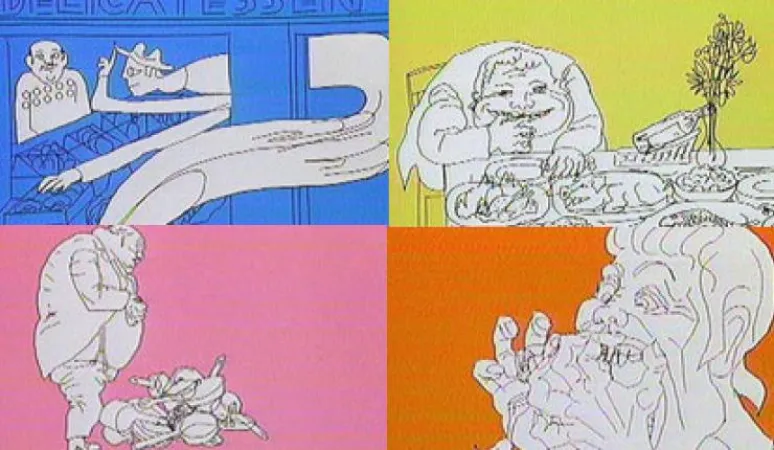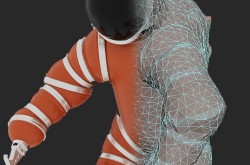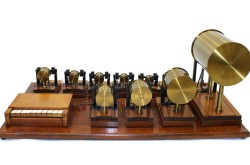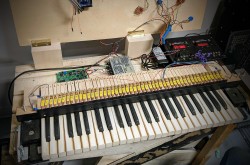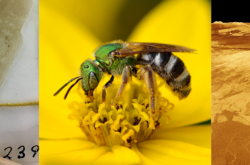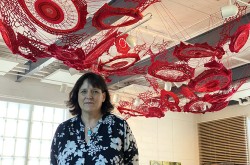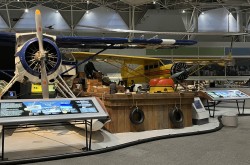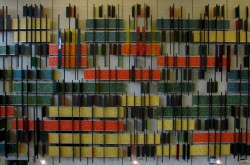Computer Animation - an Oscar Winning Performance
This article was originally written and submitted as part of a Canada 150 Project, the Innovation Storybook, to crowdsource stories of Canadian innovation with partners across Canada. The content has since been migrated to Ingenium’s Channel, a digital hub featuring curated content related to science, technology and innovation.
Audiences around the world have been captivated by the animated wizardry in movies such as the Harry Potter series. Behind this big screen magic lies a technology from Canada’s National Research Council (NRC) that changed the face of cinematic art. In fact, in 1997, NRC animation pioneers were honoured with an Academy Award in the technical achievement category for their contribution to the animation industry.
NRC scientists designed an animation package that could generate complete animated sequences based on “key frames”. An artist could sketch frames showing only the main points of action. The computer then calculated the in-between frames, reducing the tedious manual work traditionally involved in animation.
The first computer-animated film was an experimental project done with the National Film Board of Canada. This led to another film called “Hunger” (La Faim), which in 1974 became the first computer-animated movie to be nominated for an Academy Award in the best short film category. NRC also contributed animation sequences to Jacob Bronowski’s groundbreaking documentary series called “The Ascent of Man,” featured on the BBC.
NRC’s work inspired a generation of animators and paved the way for sophisticated computer animation found in blockbuster films.
Transcript
Hunger/La Faim is a 1974 animated short film produced by the National Film Board of Canada. It was directed by Peter Foldes and is one of the first computer animation films. The story, told without words, is a morality tale about greed and gluttony in the (then) modern society.



